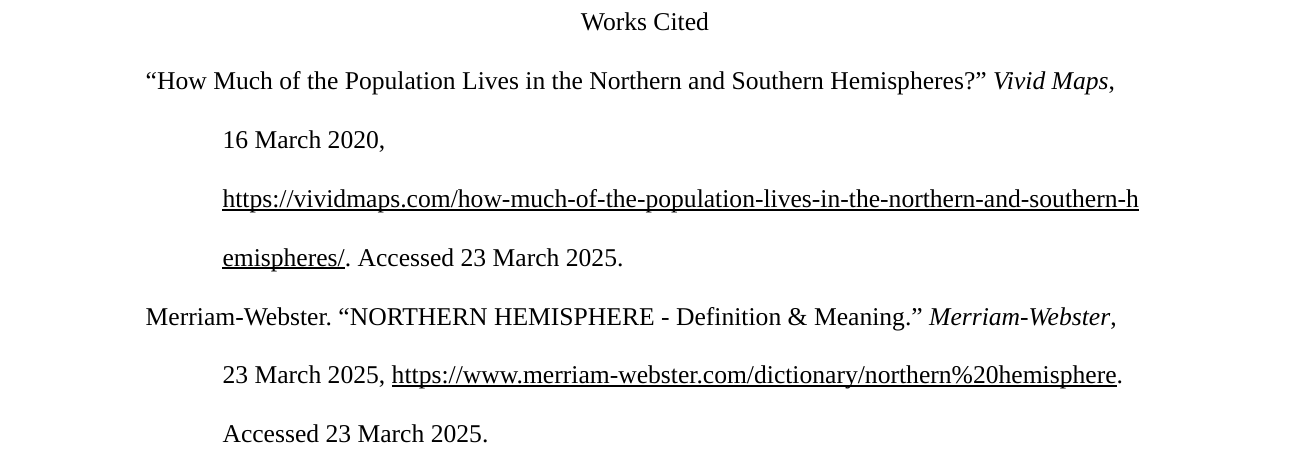The Convergence of Hemispheres
By Joseph P.
Changing Seasons Of Mysterious Woodland by simonbradfield from Getty Images Signature Created in Canva
NSA is an international school that teaches students from around the world. From the United States to the United Arab Emirates, students experience vastly different cultures from one another. But what about the weather? An often-overlooked aspect of life, weather varies between continents, regions, and, most importantly, hemispheres.
The Northern Hemisphere:
The Northern Hemisphere, the portion of Earth north of the equator, contains approximately eighty-seven percent of the human population (Merriam-Webster; “How Much of the Population”). Based on the limited survey data collected to write this article, most students who attend NSA are located in the Northern Hemisphere. Although many respondents from the Northern Hemisphere noted that they would experience the spring season during April, their weather conditions varied considerably.
Gracie, who lives in the United States, said she would experience spring during April and gave details about the weather conditions: "It's usually humid and rainy. In April we are done with cold snaps and the outdoors heats up really quickly.” She also noted: “In April I am usually outside more, since the weather is generally not too hot or too cold.”
The Southern Hemisphere:
Compared to the Northern Hemisphere, the Southern Hemisphere is home to only around thirteen percent of the human population (“How Much of the Population”). The Southern Hemisphere has a much smaller land-to-water ratio, and some land is uninhabitable due to freezing temperatures. This includes the enormous continent of Antarctica, which has no permanent population. Despite these factors, two respondents live in the Southern Hemisphere.
Jacob lives in Brazil and will experience the polar opposite weather of the Northern Hemisphere, with fall weather in April. He says, “[The weather shift] makes it harder to go outside, but it isn't always raining which makes outdoor activities more fun.” Despite fall weather being associated with cooler temperatures than summer, the average temperature in Brazil will be ninety-five degrees Fahrenheit.
Unique Variations in Weather:
Another student, who wishes to remain anonymous, lives in Malaysia, which has summer weather in April. Malaysia is located in the Northern Hemisphere but has unique weather due to its tropical climate, as it is closer to the equator. The student noted that the average temperature would be eighty-five degrees Fahrenheit. They also said the weather was very hot and humid during April.
On the other hand, Jonathan, a student in Thailand, explained that during April, he would be entering a rainy season: “In April, it is just going from dry and smokey to rainy.” He also said, “I am normally inside more during April since it is still normally very smokey.” In his area, he said temperatures would range from ninety to one hundred degrees Fahrenheit during the monsoon season.
At NorthStar, students live in vastly different climates, experience various cultures, and have many different time zones. However, they come together to learn, grow, and share their experiences with others. This produces a vibrant and unique culture at the school and across social platforms such as Teams, which makes the school truly special.
Columns: 👤NSA People 🗓️Seasonal
Joseph P. lives with his parents and an older sibling in Arizona, USA. He is new to writing for the Navigator this year, but this is his third year at NorthStar. In his free time, he enjoys playing video games, reading books, and collecting United States coins. He hopes to become a computer hardware engineer in the future.


